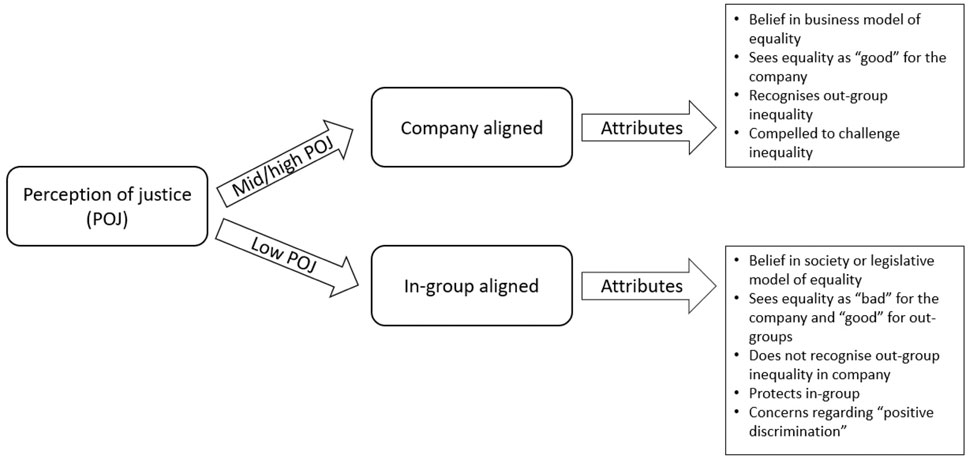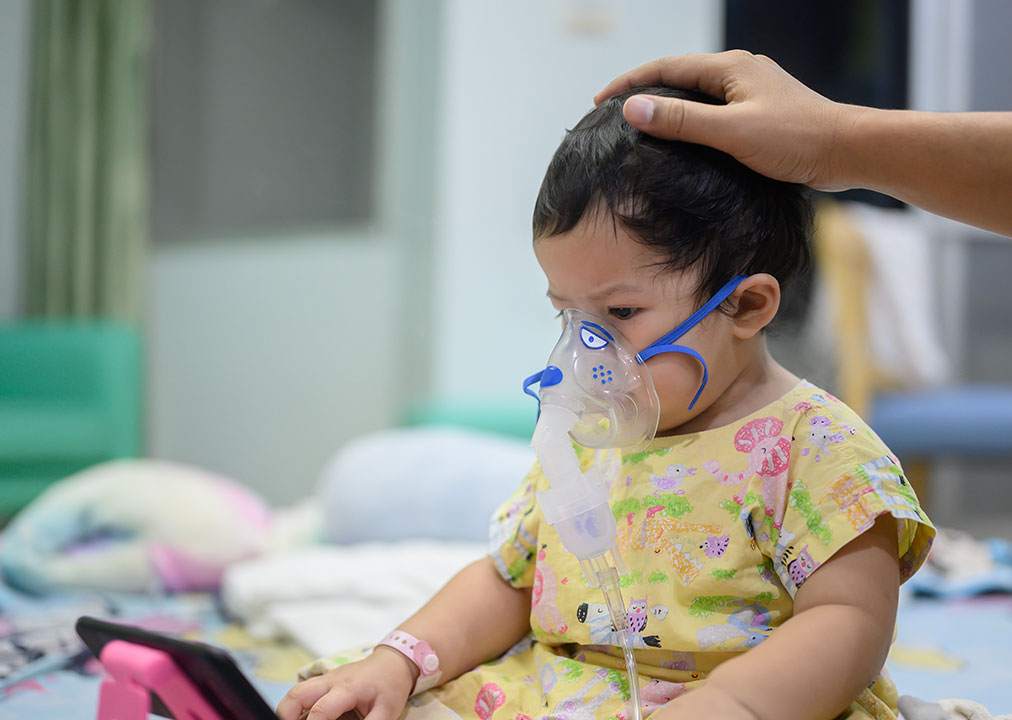Unpacking gender and race segregation along occupational skills and socio-economic status in Brazil – Nature

Report on Occupational Segregation in Brazil and its Implications for Sustainable Development Goals
Executive Summary
This report analyzes the patterns of occupational segmentation in Brazil’s formal labor market, based on data from 100 million workers between 2003 and 2019. The findings reveal persistent segregation based on gender and race, which presents significant barriers to achieving key Sustainable Development Goals (SDGs), particularly SDG 5 (Gender Equality), SDG 8 (Decent Work and Economic Growth), and SDG 10 (Reduced Inequalities). The analysis indicates that while gender-based segregation is primarily driven by perceived skill sets, racial segregation is deeply rooted in socio-economic status and historical inequalities, creating a rigid hierarchy that limits opportunities for Black individuals and hinders progress towards a more inclusive society.
Analysis of Occupational Segregation and SDG Alignment
The study examined 426 occupations, identifying distinct patterns of segmentation that directly challenge the principles of the 2030 Agenda for Sustainable Development.
Impact on SDG 10: Reduced Inequalities
The research highlights profound inequalities within the labor market, directly contradicting the aims of SDG 10. The core findings include:
- Systemic Segmentation: The labor market is clearly segmented along lines of class, racial, and gender identities.
- Racial Hierarchy: Distinctions between ‘White’ and ‘Black’ occupations are primarily defined by socio-economic status. Black individuals are disproportionately concentrated in positions of lower socio-economic standing, reflecting deep-seated historical inequalities.
- Persistent Disadvantage: Despite socio-economic changes in Brazil during the period studied, these patterns of racial and class-based occupational segregation have remained remarkably stable, indicating a lack of progress in reducing systemic inequality.
Impact on SDG 5: Gender Equality
The findings demonstrate how occupational roles are shaped by gender stereotypes, undermining progress towards SDG 5.
- Skill-Based Gender Roles: The classification of occupations as ‘male’ or ‘female’ is strongly correlated with gender-associated skill sets.
- Segregated Skill Domains: Men and women are segmented into different professional fields based on these stereotypes.
- Male-Associated Skills: Fields such as engineering are predominantly perceived as male roles.
- Female-Associated Skills: Fields related to caregiving are overwhelmingly perceived as female roles.
- Hierarchical Segregation within Genders: Even within gender-defined skill sets, a strong racial hierarchy persists, placing Black women and men in lower-status roles compared to their White counterparts.
Impact on SDG 8: Decent Work and Economic Growth
The entrenched segregation patterns create significant barriers to achieving decent work and inclusive economic growth for all, as mandated by SDG 8.
- Barriers to Economic Mobility: The rigid segmentation limits opportunities for large portions of the workforce, particularly Black individuals, preventing them from accessing higher-status, better-paying jobs.
- Exclusion from Productive Employment: By funnelling specific demographic groups into lower-status occupations regardless of skill, the system fails to provide full and productive employment for all.
- Stable, Non-Inclusive Growth: The stability of these segregation patterns over a 16-year period suggests that economic changes have not translated into a more inclusive or equitable labor market.
Conclusion and Recommendations for SDG Advancement
Summary of Findings
The study concludes that occupational specialization in Brazil is rigidly structured by race and gender. This segmentation perpetuates a system where women are confined to specific skill domains and Black individuals are systematically relegated to lower socio-economic positions. These persistent structures are a fundamental impediment to national progress on the Sustainable Development Goals.
Recommendations for Policy Alignment with the 2030 Agenda
To foster a more inclusive society and align with SDG targets, the following actions are recommended:
- Targeted Policies to Reduce Racial Inequality (SDG 10): Actively address the strong association between race and lower-status occupations through affirmative action, anti-discrimination legislation, and programs that promote upward mobility for Black workers.
- Promote Gender Equality in Skill Development (SDG 5 & SDG 4): Invest in education and vocational training programs that challenge gender stereotypes and encourage women and men to enter non-traditional fields, breaking down the skill-based segregation.
- Foster Inclusive and Decent Work (SDG 8): Implement labor market policies that ensure equal opportunity and pay, focusing on dismantling the hierarchical structures that prevent Black individuals from achieving socio-economic advancement, even when qualified.
Analysis of Sustainable Development Goals (SDGs) in the Article
1. Which SDGs are addressed or connected to the issues highlighted in the article?
The article on occupational segmentation in Brazil directly addresses and connects to several Sustainable Development Goals (SDGs) by focusing on inequality in the labour market based on gender and race.
-
SDG 5: Gender Equality
The article explicitly discusses how the labour market is segmented into “male/female roles and skill sets.” It highlights that classifications of occupations are shaped by gender-associated skills, such as “engineering versus caregiving skills,” which points directly to the challenges in achieving gender equality in economic life.
-
SDG 8: Decent Work and Economic Growth
The core of the article is an analysis of the labour market. It examines “patterns of occupational segmentation” and the “socio-economic statuses” of 100 million formal workers. The findings of persistent segregation and the concentration of specific groups in lower-status jobs are central to the goal of achieving “full and productive employment and decent work for all.”
-
SDG 10: Reduced Inequalities
This is the most prominent SDG in the article. The study’s main purpose is to examine patterns of segmentation based on “gender, racial and class identities.” It finds that distinctions between “‘White’ and ‘Black’ occupations reflect socio-economic status and historical inequalities,” and that “Black individuals are disproportionately concentrated in positions of lower socio-economic status.” The conclusion explicitly calls for addressing these issues to create a “more inclusive society,” which is the essence of SDG 10.
2. What specific targets under those SDGs can be identified based on the article’s content?
Based on the issues discussed, several specific SDG targets are relevant:
-
SDG 5: Gender Equality
- Target 5.5: “Ensure women’s full and effective participation and equal opportunities for leadership at all levels of decision-making in political, economic and public life.” The article’s finding that “women and men are segmented by gender-associated skill sets” and that “strong hierarchical segregation persists” indicates that women do not have equal opportunities across all occupations, particularly in roles not stereotypically associated with caregiving.
-
SDG 8: Decent Work and Economic Growth
- Target 8.5: “By 2030, achieve full and productive employment and decent work for all women and men… and equal pay for work of equal value.” The article’s focus on occupational segmentation where certain jobs are defined by race and gender, leading to “lower socio-economic status” for Black individuals and specific roles for women, directly relates to the lack of decent work for all and implies unequal value placed on their work.
-
SDG 10: Reduced Inequalities
- Target 10.2: “By 2030, empower and promote the social, economic and political inclusion of all, irrespective of age, sex, disability, race, ethnicity, origin, religion or economic or other status.” The article’s entire premise is about the lack of economic inclusion for women and Black individuals in Brazil’s formal labour market. The conclusion that “the strong association between race and lower-status occupations must be addressed for a more inclusive society” aligns perfectly with this target.
- Target 10.3: “Ensure equal opportunity and reduce inequalities of outcome, including by eliminating discriminatory… practices.” The research demonstrates that “occupational specialization patterns have remained stable,” which points to persistent discriminatory practices and a lack of equal opportunity that results in inequalities of outcome (i.e., concentration in lower-status jobs).
3. Are there any indicators mentioned or implied in the article that can be used to measure progress towards the identified targets?
The article implies several indicators through its methodology and findings, which can be used to measure progress:
-
For Target 5.5:
The article analyzes “426 occupations” to identify “male” or “female” roles based on required skills. This implies an indicator: the proportion of women and men across different occupational categories and skill sets (e.g., engineering vs. caregiving). Progress would be measured by a more even distribution of genders across these categories over time.
-
For Target 8.5:
The study links occupations to “socio-economic statuses.” This implies an indicator related to economic outcomes: the average socio-economic status of occupations, disaggregated by gender and race. The finding that “Black individuals are disproportionately concentrated in positions of lower socio-economic status” is a direct measurement of this indicator.
-
For Target 10.2:
The analysis is based on data from “100 million formal workers in Brazil (2003–2019)” examined across “race/skin colour and gender.” This points to a key indicator: the proportion of the working population, disaggregated by race and gender, who are employed in low-status versus high-status occupations. The article’s statement about the “strong association between race and lower-status occupations” is a direct use of this type of indicator to show a lack of inclusion.
4. Table of SDGs, Targets, and Indicators
| SDGs | Targets | Indicators (Mentioned or Implied in the Article) |
|---|---|---|
| SDG 5: Gender Equality | Target 5.5: Ensure women’s full and effective participation and equal opportunities for leadership in economic life. | Proportion of women and men in occupations classified by gender-associated skill sets (e.g., engineering vs. caregiving). |
| SDG 8: Decent Work and Economic Growth | Target 8.5: Achieve full and productive employment and decent work for all women and men. | Disparities in the socio-economic status of occupations held by different gender and racial groups. |
| SDG 10: Reduced Inequalities | Target 10.2: Empower and promote the social and economic inclusion of all, irrespective of race or sex.
Target 10.3: Ensure equal opportunity and reduce inequalities of outcome. |
Proportion of individuals, disaggregated by race and gender, concentrated in lower-status occupations. The stability of these occupational segregation patterns over time (2003-2019). |
Source: nature.com

What is Your Reaction?
 Like
0
Like
0
 Dislike
0
Dislike
0
 Love
0
Love
0
 Funny
0
Funny
0
 Angry
0
Angry
0
 Sad
0
Sad
0
 Wow
0
Wow
0














































































